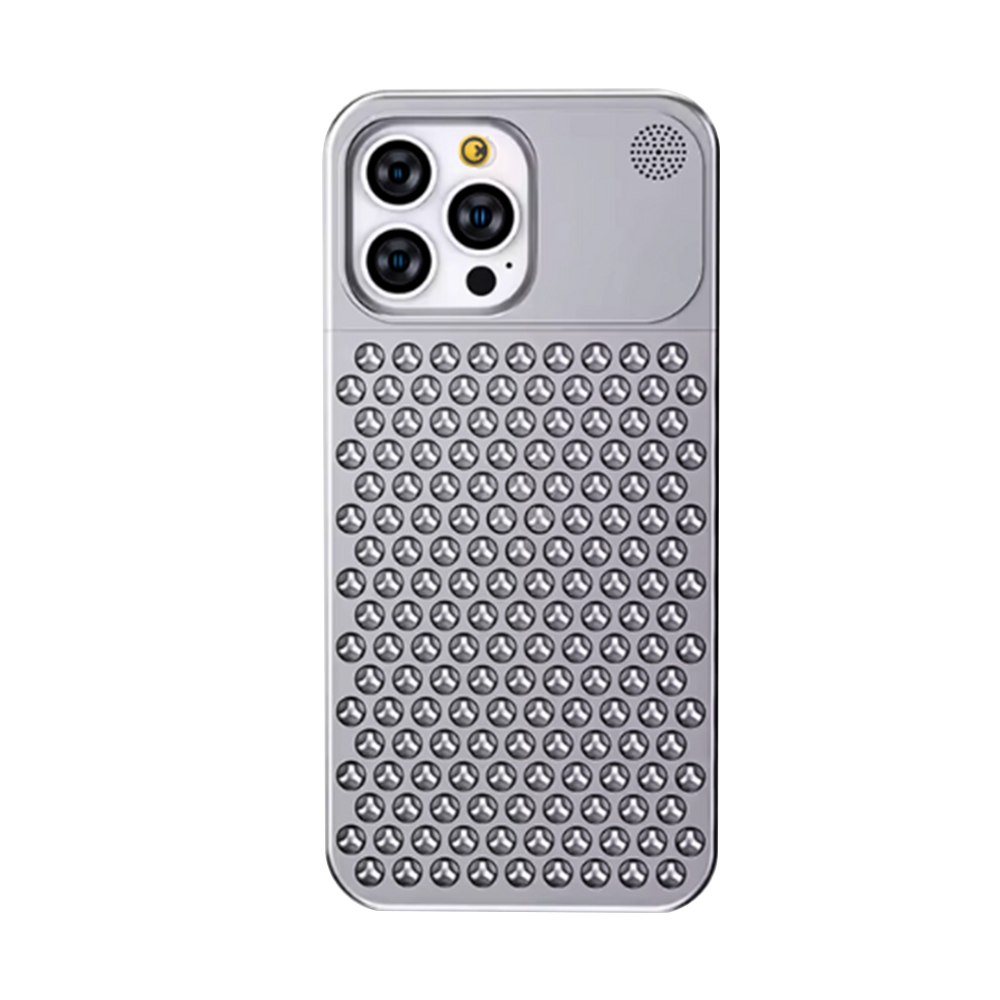
How to Choose the Best Fast Charging Cable (India 2025)
Choosing the right fast charging cable in India (2025) means balancing speed, safety, and durability. The market is flooded with options – USB-C, Lightning, multi-connector cables, and more. A poor-quality cable can fry components or even catch fire, so it pays to pick wisely. In this guide, we’ll cover common charging mistakes, cable care tips, and our top picks (including GrunXStore products) for travel, home, and office use. We’ll also explain why ultra-cheap cables often end up costing more in the long run.
- Using damaged or frayed cables. Never keep using a cable once its insulation is torn or the wires are exposed. Frayed cables can produce electrical arcs, posing shock and fire hazards. Always discard and replace worn-out cables promptly.
- Relying on cheap knock-offs. Off-brand cables may lack safety features like surge protection or proper voltage regulation. Tech experts warn that these cheaper cords can deliver unstable voltage, overheating your device, or even cause fires. For safety and performance, stick to reputable brands or certified cables
- Pulling on the wire instead of the connector. When unplugging, always grip the cable by its connector head (the plastic or metal tip). Tugging on the cord itself stresses the internal wires and can lead to breakage over time. In fact, a good practice is to pull straight out by the plug to minimize strain.
- Frequent overnight charging. Leaving your device plugged in every night isn’t ideal. Modern phones stop charging when full, but constant charging cycles generate heat and stress the battery. Experts note that this can cause gradual battery degradation over months. (Occasional overnight charging is fine, but avoid making it a daily habit.
- Overloading outlets or using extension cords. Plugging many chargers into one power strip can overload the circuit. This can overheat the outlet or power strip – a serious fire hazard. Likewise, avoid using long, daisy-chained extension cords for daily charging. They are meant for temporary use and can overheat if used constantly. Instead, locate a wall outlet or a rated power strip for each device.
- Unplug carefully: Always remove the cable by grasping the connector, not the cable itself. This simple step minimizes stress on the cord and the device’s port.
- Coil loosely: Don’t wrap cables tightly around your hand or other objects. Instead, gently loop them in loose coils. This prevents kinks and reduces strain on the internal wires.
- Store properly: When not in use, put cables in a pouch or use Velcro ties to keep them neat. Especially while traveling, unplug cables and tuck them in a pouch to avoid pinching or tangling.
- Keep them dry: Moisture is a silent killer of electronics. Avoid leaving charging cables in damp areas (near sinks or open windows). Even small amounts of water can corrode connectors or damage internal parts.
- Reinforce stress points: Consider using spring protectors or even small pieces of heat-shrink tubing at the ends where cables bend most. A simple layer of tape or a cable sleeve at the joint can prevent fraying.
- Invest in quality cables: High-quality cables (often braided or with extra shielding) are worth the extra cost. They undergo better testing and tend to last much longer. As one tech guide notes: “Careful unplugging, gentle rolling, proper storage, and investing in quality cables are all essential practices to keep your cables functional and reliable.” In short, taking care of your cables and choosing durable ones will save you money over time.
When you’re on the go, versatility and portability are key. A multi-connector cable or a retractable cable can keep your backpack light. For example, GrunXStore’s INBAE 4-in-1 Fast Charging Cable (65W, 1.2m) is designed for travel. It combines USB-C, USB-A, and Lightning connectors in one durable cable (with gold-plated ends) and even has a soft LED indicator to find it in the dark. It supports up to 65W USB-C Power Delivery (for laptops or Android phones) and 27W on Lightning (for iPhones). This means you can fast-charge a laptop, phone, tablet, or iPhone all with one cable – ideal for travel. (At ₹999 on sale, it’s a great deal for an all-in-one solution.)
For home use, consider length and durability. A longer braided cable lets you sit comfortably on the couch or use your device in bed while charging. Cables with sturdy nylon braiding and reinforced connectors (like metal plugs) resist bending and fraying. For example, GrunXStore’s Daily 2-in-1 Fast Charging Cable (1.2m) has a tough nylon exterior and supports 65W PD charging. It seamlessly switches between USB-C and Lightning devices, making it handy for households with mixed phones and tablets. Its description even highlights it as “perfect for everyday use at home, work, or on the go,” thanks to its flexible, long design. A durable cable like this can handle daily life and last much longer than thin, generic cords.
In the office or workspace, tidy cables are preferred. You might opt for a medium-length (1–2m) braided cable to reach your desk outlet without extra clutter. Look for cables that come with cable ties or clips for easy management. Again, a multi-use cable is handy: if coworkers have different devices, a 2-in-1 or 4-in-1 cable (like the ones above) can charge a coworker’s phone too, avoiding clutter from multiple cables. The same Daily 2-in-1 cable works well here, as its rugged build stands up to plugging and unplugging every day. (Its 65W charging means it can even top up a laptop if needed.)
Why Cheap Cables Can Cost You More
Going for a ₹99 cable might save a few rupees upfront, but it often backfires. Cheap, unbranded cables frequently skip safety features. Tech writers warn that no-name cables may not follow power-delivery specs properly and could even cause electrical shorts or fires. Martha Stewart’s tech advisor notes: “Steer clear of third-party and low-quality knockoff chargers… cheaper alternatives may lack important safety features like surge protection and voltage regulation,” which can lead to unstable voltage or overheating. In practice, a bad cable can fry your phone’s charging IC, ruin a charger, or at least drain very slowly.
Moreover, flimsy cables break easily at the ends or inside. You’ll end up buying many cheap replacements, which is wasteful. High-quality braided cables might cost 3–4x more upfront, but they often last years if cared for properly. As one cable guide concludes, investing in a good cable (and caring for it) “can significantly increase the lifespan of your USB cables”. In short, spending a little more on a certified, well-made cable saves time, hassle, and even prevents safety risks, making the “cheap cable” actually more expensive in the long run.
Frequently Asked Questions
Q: Do I need a special cable for fast charging? Yes. Fast charging (like Qualcomm Quick Charge or USB Power Delivery) requires cables that support higher currents/wattages. Look for cables rated for 60W/65W/100W PD. They usually have thicker wires (often advertised as “Fast Charge 3A/4A” or “PD 65W”). A regular old USB-A to micro-USB cable often won’t deliver full fast-charge speed. Also, ensure your wall charger brick supports fast-charge standards.
Q: Can I buy USB-C cables online safely? Absolutely, but buy from trusted sellers. India’s online marketplaces (Amazon, Flipkart, GrunXStore, etc.) offer many USB-C cables. Just check reviews and specifications. When searching, look for phrases like “65W USB-C cable PD fast charging”. Our GrunXStore selection, for example, includes USB-C cables that meet these specs. Avoid unknown third-party brands from random marketplaces unless they have good ratings.
Q: Why does cable length matter? Longer cables are convenient but may charge a bit slower if too thin. For example, a 2–3m cable is great for home use (so you can sit on the couch), but ensure it’s thick/good gauge. Very short cables (0.3–1m) are portable and less likely to tangle, which is handy for travel or charging in a car. Pick the length that suits your use: desk/work (1–2m), travel (0.3–1m or retractable), bedside/sofa (2–3m).
Q: How do I know a cable is good quality? Look for features: braided nylon or reinforced jacketing (for durability), metal connectors, and official markings (like USB-IF certification symbols). Check if the product page mentions fast-charge ratings (e.g., “65W PD”) and see customer reviews. Brands often offer warranties, too. For instance, GrunXStore cables come with a 12-month replacement warranty, so you can buy with confidence. A few extra bucks for a well-made cable and warranty are often worth it.
Q: What does “65W” or “100W” on a cable mean? That’s the maximum power (in watts) the cable can safely handle. A 65W cable can charge a laptop or phone at up to 65 watts. If your device only needs 18W, it will just draw 18W, so having a 65W cable doesn’t hurt. But a cheap cable labeled only 10W might not charge a laptop at all.
In summary, picking the right fast charging cable in India today means avoiding shortcuts. Use cables correctly (see above mistakes), care for them properly, and choose quality products. For example, GrunXStore’s range, like the INBAE 4-in-1 cable or the Daily 2-in-1 cable, is built for safety and speed. They’re available online, and often have sales (the 4-in-1 is now just ₹999). By following these tips and using good cables, you’ll get fast, safe charging for all your devices, whether at home, office, or on the road.








